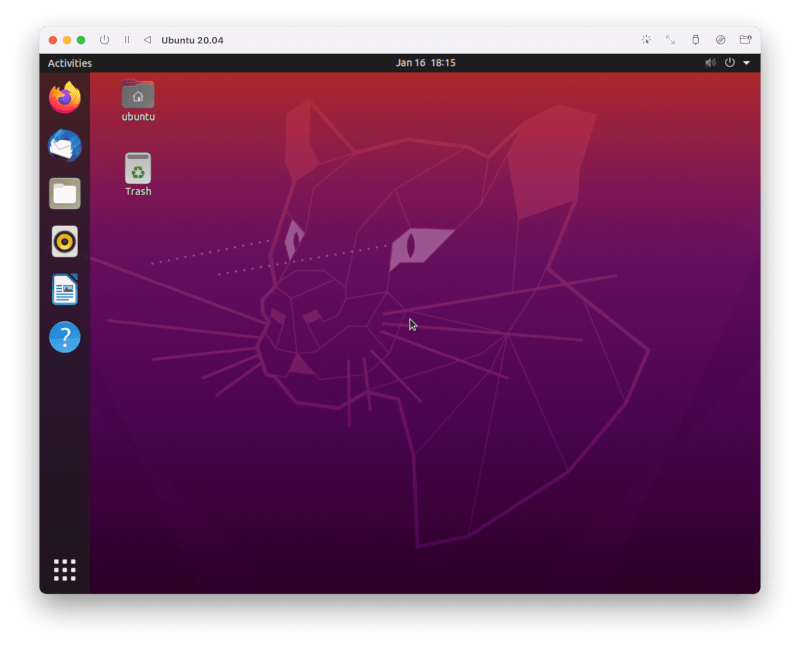

Any external SSD attached over a 5Gbps or 10Gbps USB connection or the Thunderbolt bus should feel fast enough for most things. Mac users with limited internal storage might want to change that to an external drive to save space, since the default disk size for new macOS VMs is 64GB. And more is better, especially if you'll also be running heavy apps like Xcode alongside (or inside) your VM.īy default, VirtualBuddy keeps all of its files (including VM disk images) in a folder at ~/Library/Application Support/VirtualBuddy.
New apple virtualization framework software#
Personally, I wouldn't recommend trying to virtualize macOS on an Apple Silicon Mac with less than 16GB of RAM. UTM is an easy-to-use open-source software app that can virtualize Linux and Windows at near-native speeds using Apples Hypervisor virtualization framework. But you'll be running two entirely separate OSes on the same computer, and that comes with RAM and storage requirements. VirtualBuddy and the Virtualization framework don't have hard-and-fast requirements aside from requiring an Apple Silicon chip for macOS-on-macOS virtualization. You'll also want to pay attention to the hardware requirements for virtualization. With the Xcode beta installed, everything works as intended (but if you can find a way to get this working without installing a 33GB app that takes an hour-plus to install, I'd love to know about it). One of the coolest Mac features for power users from Apple’s Silicon era Apple’s virtualization framework.Virtualization is usually the domain of paid software such as Parallels Desktop or VMWare Fusion and allows you to run multiple operating systems on a single Mac at the same time, which is useful for anyone who wants to run Linux on macOS, test the program they. When I've tried this without Xcode installed, macOS has tried (and failed) to download extra software to make it work-sort of like how macOS needs to download additional software the first time you use Rosetta.
New apple virtualization framework install#
If you're looking to virtualize Ventura on top of Monterey, you'll want to install and run the beta version of Xcode 14 from Apple's developer site before you start. Apples new amework actually has private APIs for: - booting non-Linux OSes via EFI - displaying graphics Maybe theres more to this. If you want to virtualize macOS Monterey on top of macOS Monterey, you won't have to download anything else.


 0 kommentar(er)
0 kommentar(er)
